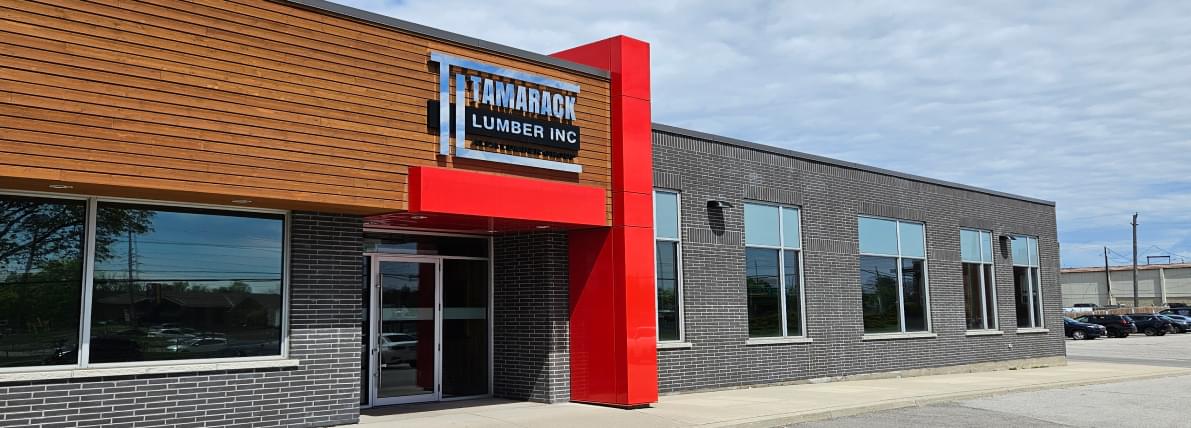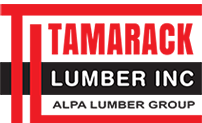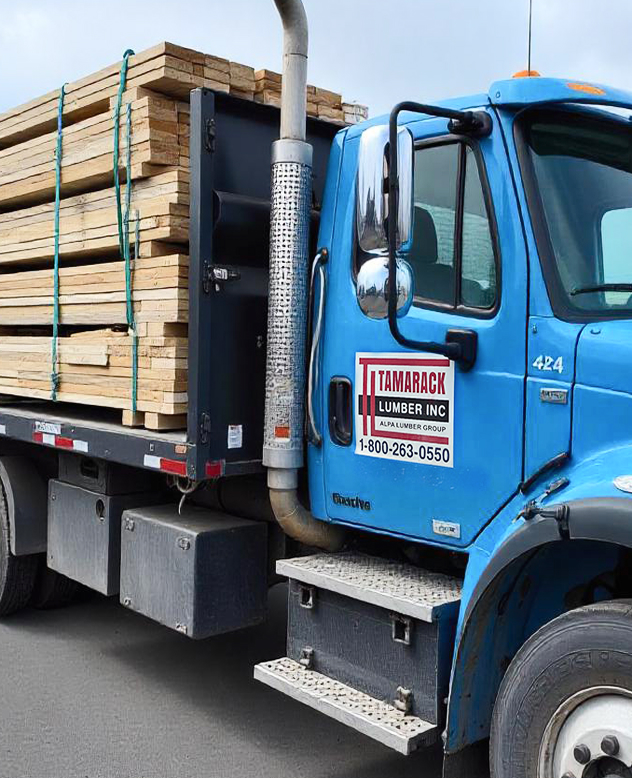
3 Common Materials Used For Mouldings
Mouldings in Toronto are used for decorative purposes. They are the ideal choice for adding to the aesthetics of your home or office. Interior designers worldwide make extensive use of mouldings as an easy way to add to the decor of a room. Also referred to as covings, they help hide the joint between the walls and the floor or the ceiling.
Common materials used for moulding
Mouldings are made using different materials. This blog looks at some of the best materials used for moulding.
PVC
PVC is short for polyvinyl chloride. It is one of the most commonly used synthetic plastic polymers across industries. PVC mouldings are used to cover the joints in a home due to their many advantages. PVC mouldings are long-lasting, not prone to insect infestation, and are relatively cheap.
Wood
Wood is a renewable resource. So when you choose wood over PVC mouldings, you are helping the environment in your own little way. Wood is also one of the best options for moulding because you can cut it in the exact shape that the interior design demands with relative ease. Due to its long life, wood mouldings in Toronto will help you save money in the long run. Following are some of the most commonly used wood for mouldings and trims.
- Timber
- Cherry wood
- Walnut
- Redwood
- Fir
- Pine
- Oak
- Poplar
- Maple
- Teak
Gypsum
Gypsum is another material widely used for mouldings and trims. It is durable, cost-effective, and can be moulded into any varied shape that an interior decorator desires. In addition, gypsum is lightweight, and bacteria cannot survive on it.
For the best quality wood mouldings in Toronto, you can rely on Tamarack Lumber. We have years of experience in supplying mouldings, plywoods, roof trusses, and engineered wood. Contact us today to learn about all our products.

